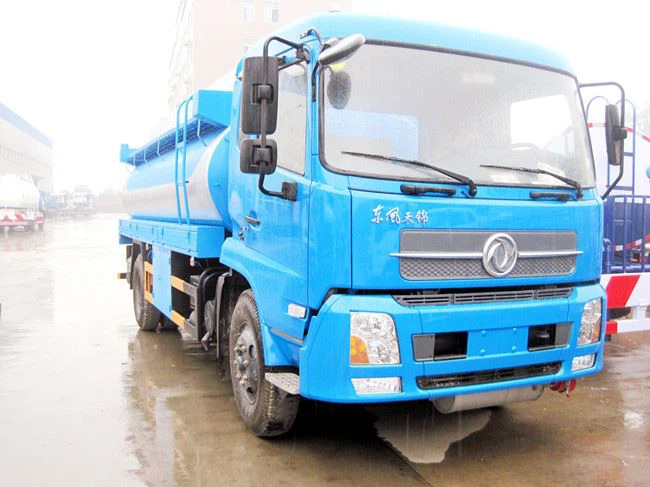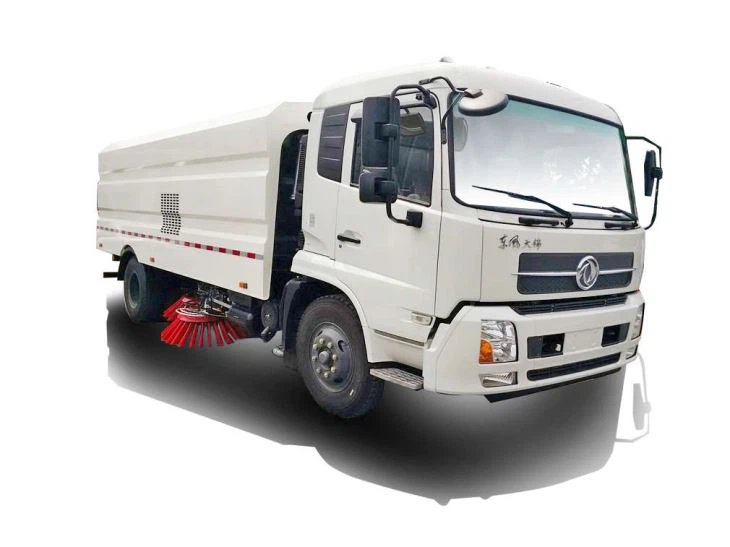Ultimate Guide to Self Loading Cement Mixers

Self loading cement mixers are revolutionizing the construction industry by combining mobility, efficiency, and versatility in concrete mixing. In this comprehensive guide, we will delve into what self loading cement mixers are, how they work, their benefits, practical applications, maintenance tips, and much more. This article aims to be your one-stop resource for everything you need to know about self loading cement mixers.
What is a Self Loading Cement Mixer?
A self loading cement mixer is an innovative piece of construction machinery that automatically mixes concrete on-site. It combines a traditional concrete mixer and a loading machine, allowing operators to load, mix, and pour concrete all from one unit. This equipment is particularly useful for small to medium construction projects due to its efficiency and ease of use.
How Self Loading Cement Mixers Work
Components of a Self Loading Cement Mixer
Understanding the components of a self loading cement mixer is essential for appreciating how it operates. Here are the main parts:
- Drum: The large cylindrical container where concrete is mixed.
- Loader: This component is responsible for scooping aggregate materials, such as gravel and sand.
- Control System: Allows the operator to manage the loading and mixing processes.
- Water Tank: Holds water necessary for mixing concrete.
- Dump Chute: Directs the mixed concrete to the desired location.
Working Principle
The operation of a self loading cement mixer follows a straightforward process:
- The operator uses the loader to scoop aggregates from the ground.
- Required proportions of sand, gravel, cement, and water are measured and loaded into the drum.
- The drum rotates to mix the components thoroughly.
- Once mixed, the operator can easily pour the concrete using the dump chute, directing it wherever needed.
Benefits of Using a Self Loading Cement Mixer
1. Efficiency
Self loading cement mixers save time and labor. The combination of loading and mixing in one machine significantly reduces the time taken to prepare concrete.
2. Cost Savings
Utilizing a self loading cement mixer can lead to significant cost reductions in labor and material handling. Since one operator can perform multiple tasks, fewer laborers are required on-site.
3. Versatility
These mixers can be used for various projects, including residential, commercial, and industrial constructions. Their capability to work in tight spaces makes them suitable for a wide range of applications.
4. Superior Quality Control
With self loading cement mixers, concrete is mixed on-site, allowing for better quality control. Operators can ensure that the mixing ratio is accurate, resulting in consistent concrete quality.
5. Reduced Transportation Needs
Unlike traditional concrete mixes that require transportation, self loading mixers can produce fresh concrete on demand, eliminating delays and logistical challenges.
Practical Applications of Self Loading Cement Mixers
1. Residential Construction
Self loading cement mixers are essential for pouring foundations, driveways, sidewalks, and patios in residential construction. Their mobility allows for easy access to various locations around a residential site.

2. Commercial Projects
For small to medium-scale commercial projects requiring quick access to concrete, self loading cement mixers are ideal. They are often used for floors, walls, and pathways.
3. Road and Infrastructure Maintenance
Self loading mixers are increasingly used in road construction and maintenance, particularly for patch repairs and small-scale paving projects.
4. Remote Locations
In areas lacking consistent transportation access, self loading mixers can be a game-changer, providing a reliable method of transporting and mixing concrete on-site.
Factors to Consider When Choosing a Self Loading Cement Mixer
1. Capacity
The capacity of the cement mixer is crucial, as it determines how much concrete can be produced at one time. Assess the scale of your projects to choose an appropriate capacity.

2. Power Source
Self loading mixers may be powered by diesel or electric engines. Consider the availability of fuel options and the environmental impact when making your choice.
3. Mobility
Ensure that the mixer can maneuver easily in your work environment. Look for features like four-wheel drive to enhance mobility across rough terrains.
4. Durability
Look for models made from high-quality materials designed to withstand the rigors of construction work. Check for warranties and service support your manufacturer offers.
Maintenance Tips for Self Loading Cement Mixers
Regular Inspection
Conduct regular inspections of the mixer to identify any wear and tear. Check the drum, loader, and hydraulic system for any signs of damage.
Clean After Use
Always clean the mixer immediately after use. A well-maintained mixer will have a longer lifespan and provide better performance.
Lubrication
Ensure that all moving parts are adequately lubricated to prevent friction and wear. Follow the manufacturer’s guidelines for lubrication schedules and products.

Operator Training
Proper operator training is essential to ensure the self loading cement mixer is used safely and efficiently. Always ensure the operator is familiar with the machine’s controls and limitations.
Cost of Self Loading Cement Mixers
The price of self loading cement mixers can vary significantly based on size, capacity, features, and brand. Here’s a simplified table showing an average price range:
| Model | Capacity (m³) | Average Price (USD) |
|---|---|---|
| Small Model | 1.0 – 1.5 | $20,000 – $30,000 |
| Medium Model | 1.5 – 3.0 | $30,000 – $50,000 |
| Large Model | 3.0 – 5.0 | $50,000 – $100,000 |
Frequently Asked Questions (FAQs)
1. What is the average lifespan of a self loading cement mixer?
The average lifespan of a self loading cement mixer can range from 8 to 15 years, depending on the usage, maintenance, and brand quality.
2. Can self loading cement mixers operate in all weather conditions?
Yes, self loading cement mixers are designed to operate in a variety of weather conditions. However, extreme weather may affect the quality of the concrete mixed.
3. Do I need special permits to operate a self loading cement mixer?
Depending on local regulations, you may require specific permits to operate heavy machinery, including self loading cement mixers. Always check local laws and guidelines.
4. How much concrete can a self loading cement mixer produce in one hour?
The production capacity can vary based on the model, but most self loading cement mixers can produce between 10 to 20 cubic meters of concrete per hour.
5. Is it easy to learn how to operate a self loading cement mixer?
Yes, most self loading cement mixers are user-friendly. With proper training, operators can quickly learn to manage the equipment effectively.
6. Where can I purchase a self loading cement mixer?
You can purchase self loading cement mixers from various manufacturers and distributors, both online and at construction equipment dealerships.
